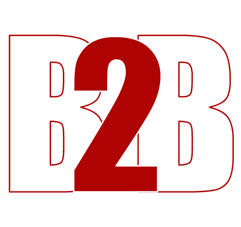Project management is a critical component of any business because it provides a structure to any task. Business leaders are there to lead, and project managers are there to make sure that the business leader is able to do their job. Project management can seem like a complex tool, especially for the uninitiated, but let's show you some project management techniques, mainstream and alternative, that can get you on the right track.
Kanban
Kanban is a fantastic tool for projects where you need to visualize and track your progress. Its goal is to create transparency. You can start with a simple Kanban board consisting of three columns: “To Do,” “Doing,” and “Done.” Once you've identified the task you can start to move it across the column which will give you a greater sense of achievement, while also helping everybody to understand what stage a certain part of the project is at.
Pono
A Hawaiian term, the Pono Hawaiian meaning is roughly translated to “living righteously,” and relates to practicing harmonious and balanced business relationships and can be incorporated into a number of organizational trends, such as Agile. But purely from a holistic perspective, ensuring you bring this to your business guarantees a more harmonious relationship with a foundation of care and connection, which can bring about better results.
Work Breakdown Structure (WBS)
On the surface, it looks like WBS involves breaking down a task into smaller components. But it's also about making sure that you cut tasks down into individual manageable bits, which serve the purpose of allowing teams to see which tasks depend on others and when certain components should be completed. Because a massive task is not necessarily linear in structure, from a practical perspective this approach allows project managers to estimate how much time or money should be spent on each task. This will result in a far better approach to planning in terms of managing stakeholder expectations.
Gantt Chart
For those who like bar charts, a Gantt chart is another method of helping you visualize activities. The chart allows the project manager to determine the current progress of a project and take appropriate action to bring it back to schedule. The benefit of this approach is that you don't need to delve deep into detailed information. The charts highlight the start dates, how long it takes, milestones, who are completing it, and so forth. When you can see quickly what is going on and what should be occurring, you can make swift decisions.
Critical Path Method (CPM)
This works better for more complex projects. It is classed as a scheduling algorithm where you can identify the tasks with the longest sequence of components. When you identify each project task and categorize them, as well as understand the dependencies between tasks and what these dependencies consist of, you can structure the approach better.
Agile Methodology
For anybody to create a thriving business, Agile project management is a very popular technique. Agile is an approach that prioritizes cross-functionality and self-organization. There are a number of different principles project managers need to follow, for example, advertising interactions between individuals within a team or utilizing client collaboration. It is a more responsive approach to a project and this is a very holistic project management technique that is definitely worth understanding.
- 4 views





